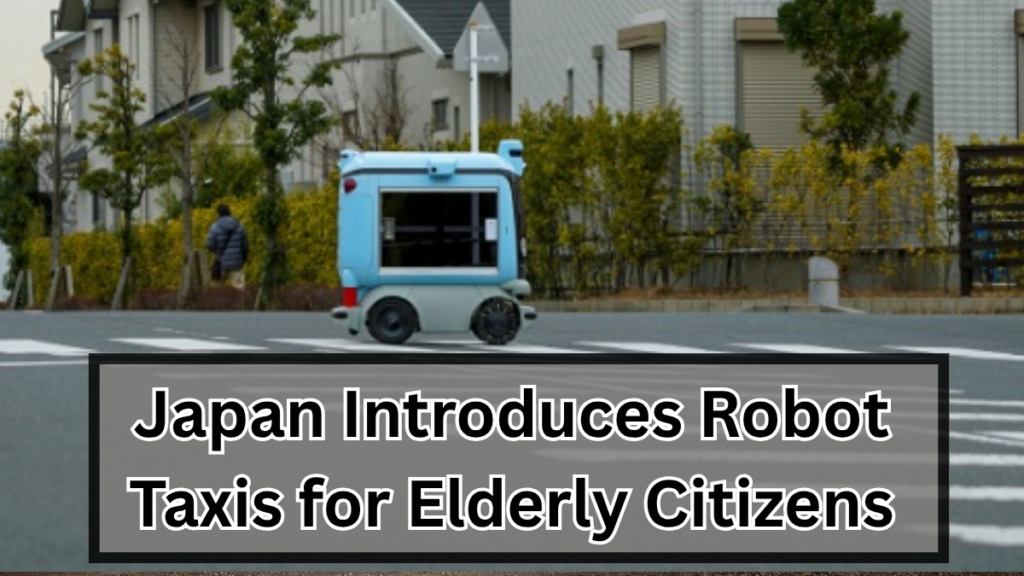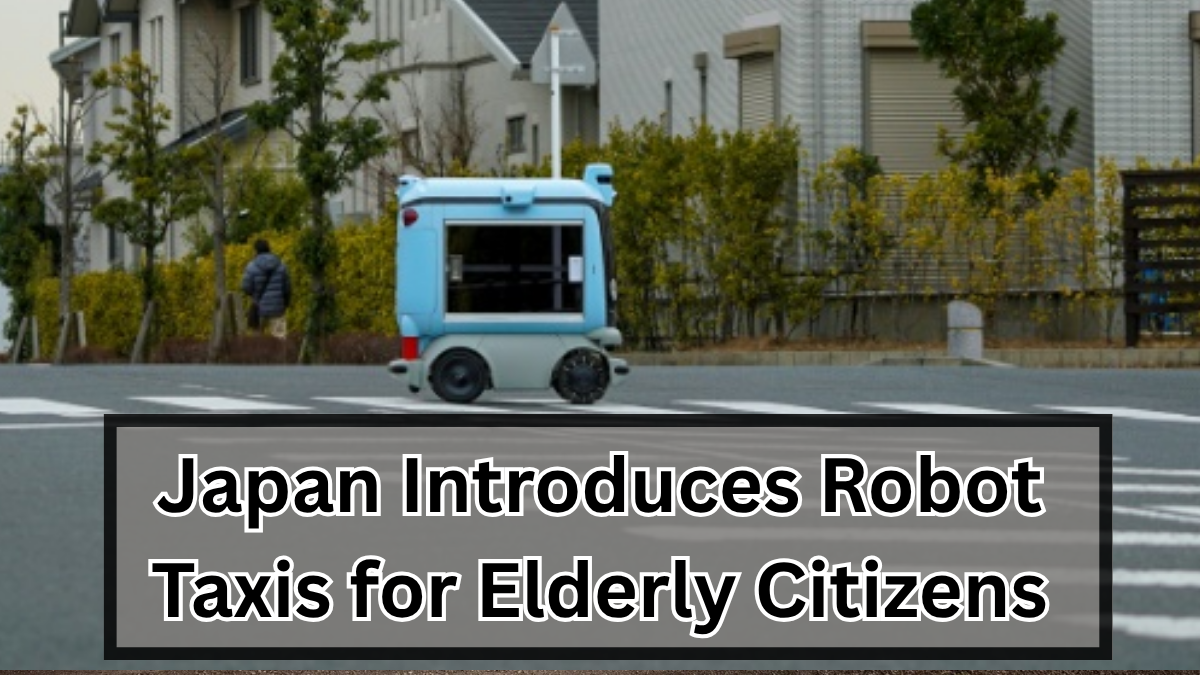In a bold leap toward the future of transportation, Japan has launched its first public trials of Robot Taxis aimed at elderly citizens in Tokyo. As the country faces an increasingly aging population, these self-driving cars are being tested to ease mobility for seniors and improve access to essential services.
This initiative marks a significant step toward Robotaxi Japan 2025, promising safer, more convenient elderly transport with cutting-edge tech at the heart of the system.

Why Robot Taxis for the Elderly?
Japan has one of the highest life expectancies in the world, and with nearly 30% of its population over the age of 65, transportation is becoming a growing concern. Many elderly people no longer drive, and public transport isn’t always accessible or convenient.
Key reasons behind the initiative:
-
Rising demand for safer, autonomous travel for senior citizens
-
Shortage of taxi drivers in urban and rural Japan
-
Enhanced independence for aging individuals
What’s Happening in the Tokyo Auto Pilot Test?
In Tokyo’s busy Odaiba district, a fleet of autonomous vehicles is currently ferrying passengers through a designated trial route. These vehicles are equipped with state-of-the-art AI systems and sensors that help navigate traffic and obstacles without a driver.
Trial Highlights:
| Feature | Description |
|---|---|
| Location | Odaiba, Tokyo |
| Target Group | Elderly Citizens |
| Technology Used | Lidar sensors, AI-based autopilot system |
| Safety Measures | Remote monitoring and emergency override systems |
| Duration of Trial | Several weeks (with plans to expand citywide by 2025) |
This Tokyo auto pilot test is one of several programs leading up to the full implementation of Robotaxi Japan 2025.
How It Works
Here’s how the Robotaxi experience is designed for elderly users:
-
Booking: Available via smartphone app or a phone call
-
Boarding: Vehicles are wheelchair accessible with low-step entry
-
Travel: Smooth ride with real-time navigation updates and emergency support
-
Drop-off: At designated locations such as hospitals, markets, or homes
This pilot combines advanced technology with human-centered design, reshaping elderly transport in Japan.
What’s Next for Robotaxi Japan 2025?
By 2025, Japan plans to expand robotaxi availability across multiple cities. With positive feedback from the Tokyo trial, the vision is to make this a mainstream mobility solution, particularly in regions lacking robust public transport.
Robotaxi Japan 2025 is more than just a tech project—it’s a national step toward accessible, inclusive, and automated mobility.
FAQs
1. Are robotaxis completely driverless during the Tokyo test?
Yes, the taxis operate autonomously, although some may have backup safety drivers during the early phases. Remote monitoring ensures safety at all times.
2. Who can use the robotaxis during the trial phase?
The current trial focuses on elderly citizens as part of Japan’s effort to provide efficient and safe elderly transport solutions.
3. Is it safe for seniors to travel alone in a robotaxi?
Absolutely. The robotaxis are equipped with high-end sensors, onboard cameras, and emergency communication systems to ensure a secure ride.
4. When will Robotaxi Japan 2025 be available nationwide?
The full rollout is planned by 2025, with gradual expansion beginning in cities where public transport is limited or aging populations are highest.
Click here to learn more
Sachin is a dedicated writer specializing in education, career, and recruitment topics, delivering clear and actionable insights to empower readers.
